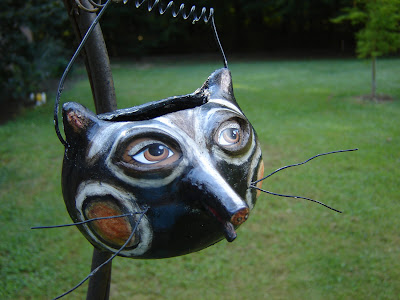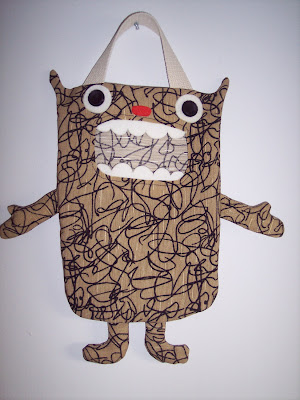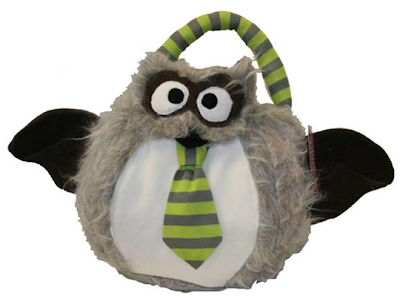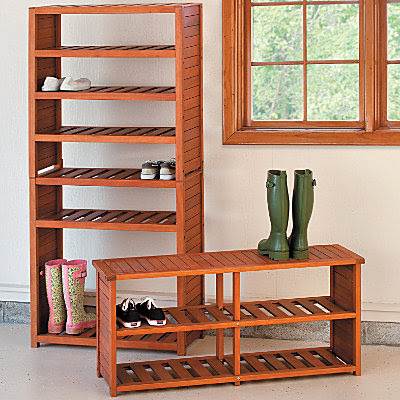
Want to see how other people really live? "Glossy architectural publications feature the ostentatious and professionally decorated houses of celebrities and the wealthy. ... The spaces are staged and tidied. This volume is the counterpoint to those images: an unflinching examination of actual homes amid all of the joys and messiness of real life."
And what a fascinating volume this book —
Life at Home in the Twenty-First Century — is! It's capturing a slice of American homes: 32 households in the Los Angeles area, all of which self-identify as middle class, all two-parent households with at least one child ages 7-12. Both parents work at paid jobs at least 30 hours per week. The observations behind the book were made between 2001 and 2005, so some technology that would be ubiquitous today is missing from the study. But that doesn't matter too much; it's still enthralling.
Here are the themes I found most interesting:
1. We have an enormous amount of stuff.
The authors include some counts of the numbers of things in the various homes, but only included those in plain sight — not those in drawers, etc. But the photos tell the stories; the families have
lots of stuff.
What kinds of stuff? Lots of kinds, including toys. "Several of the L.A. households have more than 250 visible dolls, plush toys, action figures, and other toys, and most have at least 100. Untold numbers of others are tucked in closets and under beds."
And here's a figure I'd not heard before: "The United States has 3.1 percent of the world's children, yet U.S. families annually purchase more than 40 percent of the total toys consumed globally."
2. The clutter is oppressive.
The authors speak of the "assemblages of goods burdening ordinary, lived-in homes" — and I found the word "burdening" to be illuminating. They say that "the Los Angeles parents experience real psychological stress associated with clutter and disarray."
And here's more: "Many find their accumulated possessions exhausting to contemplate, organize and clean. The visual busyness of hoards of objects can affect basic enjoyment of the home."
3. Garages really don't store cars any more.
Want some figures? "Cars have been banished from 75 percent of garages to make way for rejected furniture and cascading bins and boxes of mostly forgotten household goods."
And here's more: "The typical chaotic garage bursts at the seams with 300-650 boxes, plastic storage bins, and many spillover items from inside the house."
I'm wondering if the figures would have been different if the households had been in an area which gets bad winter weather, where a garage for the
car might be considered more important. But I certainly see the "garage as storage facility" phenomena all around my part of the country.
The pictures in this section of the book tell the story well. You see how things have been placed in the garages helter-skelter, in all sorts of boxes and bins and bags.
4. Getting rid of stuff is hard for people.
This isn't really a theme — it's just mentioned in passing — but the words here really caught my attention. "U.S. families have trouble getting rid of their possessions. ... Whether they cannot break sentimental attachments to certain objects, do not have the time to sort through and make decisions, or believe objects have value and could be sold on eBay, most families struggle to cope with stored clutter."
5. Many possessions reflect our affiliations.
I guess I knew this, but I never actually put it into words. The authors note: "Quite a few parents in the Los Angeles study identify with a specific cultural heritage or religion, and they display material markers that signal their affiliations." Another affiliation noted was that with sports teams.
Of course,
the organizer in me wants to note that anyone feeling overwhelmed by possessions, or anyone who'd like to reclaim that garage — or those having a tough time getting rid of things, even though they
want to make a change — could consider working with a
professional organizer. But it's not this book's job to suggest this; it's just presenting the results of an anthropological study, and it does that very well, indeed.





















